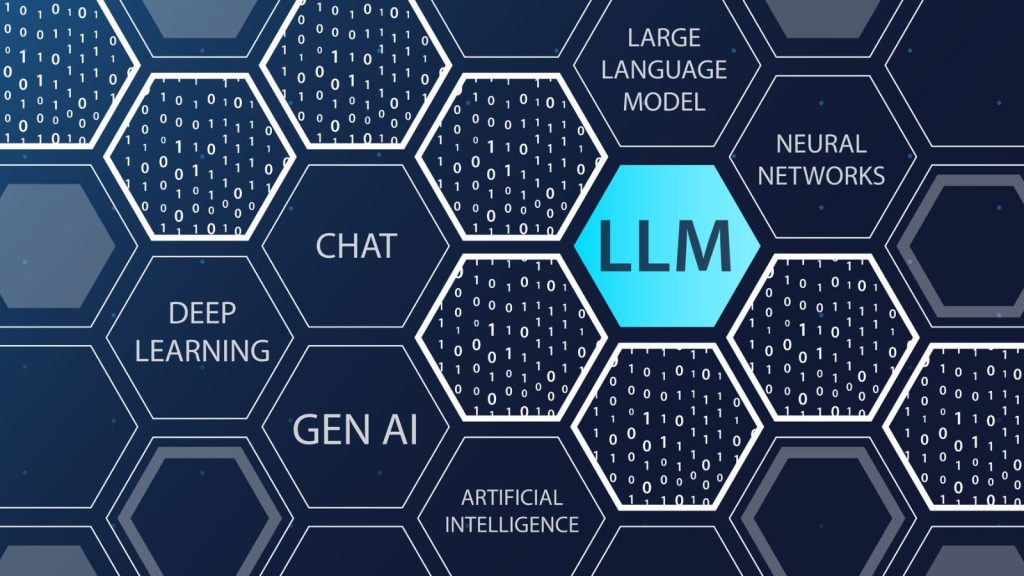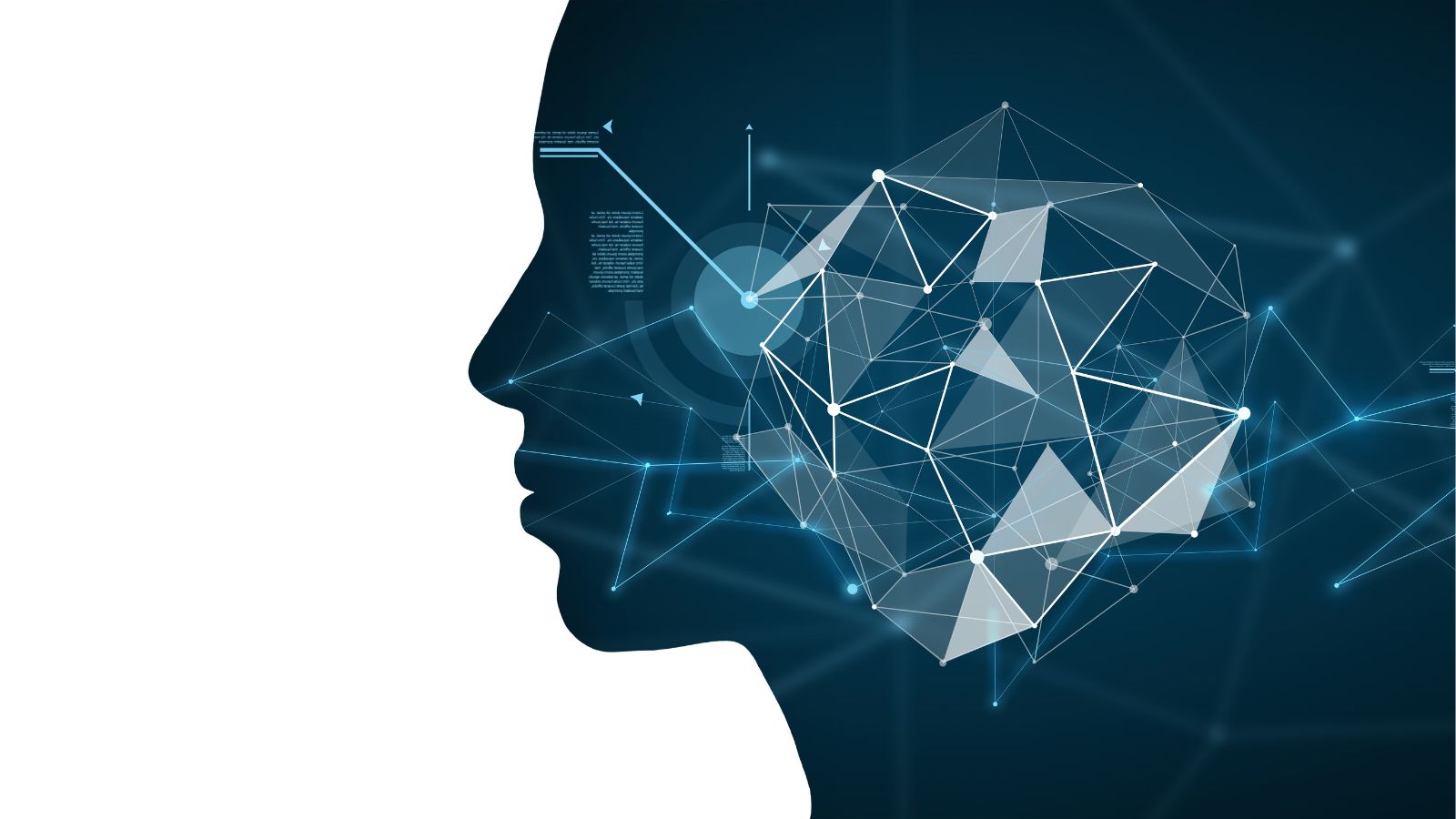The localization industry is undergoing a major transformation driven by rapid advancements in artificial intelligence (AI) and large language models (LLMs). These technologies are reshaping how language services are delivered, offering unprecedented opportunities for increased efficiency, scalability, and quality.
Our recent report – Beyond the Hype: State of AI in Localization in 2024 – reveals a dynamic shift in the adoption of AI within the industry as well as its impact on productivity and strategic planning.
It’s been our experience that, at least right now, most organizations fall into two categories when it comes to AI: those who are just now exploring AI and those with a clear strategy who are already seeking solutions for their business. In other words, almost every sector is keen to harness AI’s potential, but many aren’t sure where to start.
Whether you’re actively working on AI strategies or are just starting to consider what AI can do for you, we’re here to lend a hand. As the first post in a series taking a closer look at AI, this series provides practical insights and guidance to help you understand AI and adapt it for your work. We’ll explore the benefits, examine common challenges, and outline things to consider about these innovative technologies.
Let’s start by reviewing the basics of AI in the context of language services and how it can be used today.
What is an LLM?
An LLM, or Large Language Model, is a sophisticated artificial intelligence technology designed to understand and generate human language. These models are built using deep learning algorithms and are trained on extensive collections of text data. Through this training, LLMs learn to parse grammar, context, and even the subtleties of colloquial expressions, which enables them to perform diverse linguistic tasks, including writing, translating, and content creation.

What’s the Difference Between AI and LLM?
Artificial Intelligence (AI) is a broad field encompassing various technologies that mimic human abilities such as learning, reasoning, and problem-solving. LLMs are a specific subset of AI focused on language-related tasks. While AI can be applied to a wide range of disciplines, including robotics, finance, and healthcare, LLMs are specifically designed to process and generate human language. This specialization allows LLMs to excel in content generation, which is an essential component of modern localization strategies. By understanding these distinctions, businesses can better utilize these technologies to meet their language service needs efficiently.
How LLMs are Trained
To understand how LLMs are trained, think of them as vast neural networks that analyze massive datasets, much like how a child learns to speak by listening to and observing countless conversations. As one of our experts puts it: “AI is like a growing baby that needs the nourishment of clean and high-quality data sets to improve.”
This enables LLMs to grasp the intricacies of language patterns, allowing them to produce text that closely resembles human writing, facilitate basic translation across languages, and even handle tasks like research and customer inquiries with remarkable proficiency.
While LLMs have made significant advancements, they still fall short in certain types of localization work, particularly in the translation of creative content or highly nuanced language. The ability to capture cultural context, idiomatic expressions, and linguistic subtleties are areas where human expertise continues to outperform current AI technologies.
It should be noted that traditional machine translation (MT) is a custom AI engine created specifically for translation. Machine translation engines are trained using proprietary datasets that can include translation memories (TM), glossaries, and other content that will provide superior results to using an untrained, generic LLM for translation.
When it comes to LLMs, the key is finding the right balance: taking advantage of the speed and scalability that AI offers, while maintaining the human oversight and expertise to ensure high-quality localized content. By acknowledging both the strengths and limitations of these technologies, you can help set your organization up for long-term success with AI.

Why Use AI in Language Services?
The localization sector is already very good at delivering messages across languages and cultures. So, what does AI add to the equation? The answer lies in the transformative power of AI and LLMs, which are increasingly making their mark across various industries, as highlighted in our State of AI in Localization report.
Even though the localization industry has been using AI for over a decade in the form of neural machine translation, or NMT, what’s different now is the degree to which AI can be applied to improve and execute localization projects for other tasks. AI offers a range of benefits that include:
Increased efficiency: AI-powered tools can automate manual and repetitive tasks, such as content generation and quality assurance, allowing teams to work more quickly and focus on higher-value activities.
Enhanced quality: AI-powered automated quality checks can improve translation accuracy and consistency, reducing the need for human review and strengthening your multilingual brand messaging.
Cost savings: By automating certain localization processes, AI can help lower the overall cost associated with your language service operations.
By incorporating AI into language services operations, you can achieve faster time to market and greater translation accuracy, strengthening your brand’s reputation across markets.
Real-World Applications of AI in Localization
As AI and LLMs continue to evolve, we’re seeing their integration across various aspects of the localization process. Here are a few examples of how these technologies are being applied in the real world:
Machine translation: While MT accelerates initial drafts, human expertise remains important to refine the language, especially for regulated industries or creative content. This human-machine approach combines AI’s speed and efficiency with human accuracy, creating a hybrid model that balances innovation and quality.
Content generation: AI can assist non-specialists in creating basic content drafts, which are then refined by human linguists, streamlining content creation and localization workflows.
Automated quality checks: AI-powered tools are now commonly integrated into translation workflows to perform quality assessments. These automated quality checks can be combined with existing workflows to reduce the workload on human reviewers and accelerate the translation process.
Workflow optimization: AI is also streamlining localization operations by automating project timeline creation, task distribution, and resource allocation.

How Argos Uses AI Today
At Argos Multilingual, when we talk about AI, we’re not just talking about headline names like ChatGPT, Claude-3, and Perplexity. It’s true that these LLMs have become staples in AI discussions and major tech giants are continuously pushing boundaries with advanced AI solutions. While these LLMs have revolutionized various aspects of technology, AI’s role at Argos goes beyond these big names.
We’ll get into the details about how we use AI to optimize and refine our work in an upcoming post. For now, it’s enough to say that Argos Multilingual is finding new ways to use these new resources effectively. Our team is pioneering AI-powered MT workflows and AI-assisted content creation, verification, and editing to support scalability, accuracy, and efficiency. We are also developing custom MT solutions and generating content with greater consistency and quality.
Next: How AI is Changing the Game in Localization
Thanks for joining us on this introductory dive into AI and localization — we’re just getting started! Stay tuned for the next installment in our AI series, where we will take a closer look at the specific benefits and limitations of AI and LLMs, point out some pitfalls to watch out for, and provide you with further insights and actionable strategies.
 Argos Multilingual
6 min. read
Argos Multilingual
6 min. read
At Argos, partnerships are an important part of how we work. Our mission to provide clear, precise communication across different cultures and languages also relies on collaborating with diverse partners. These collaborations enable us to provide innovative solutions that address our clients’ complex translation and localization challenges. How Partnerships Make Our Work Better For over […]

 Argos Multilingual
2 min. read
Argos Multilingual
2 min. read
You may be feeling the pressure from higher up to figure out how to make AI work in your localization program. Or you’ve decided that your team needs to be proactive about AI and get busy with hands-on experimentation. There are many reasons for wanting to learn about and start testing AI. Regardless of how […]











